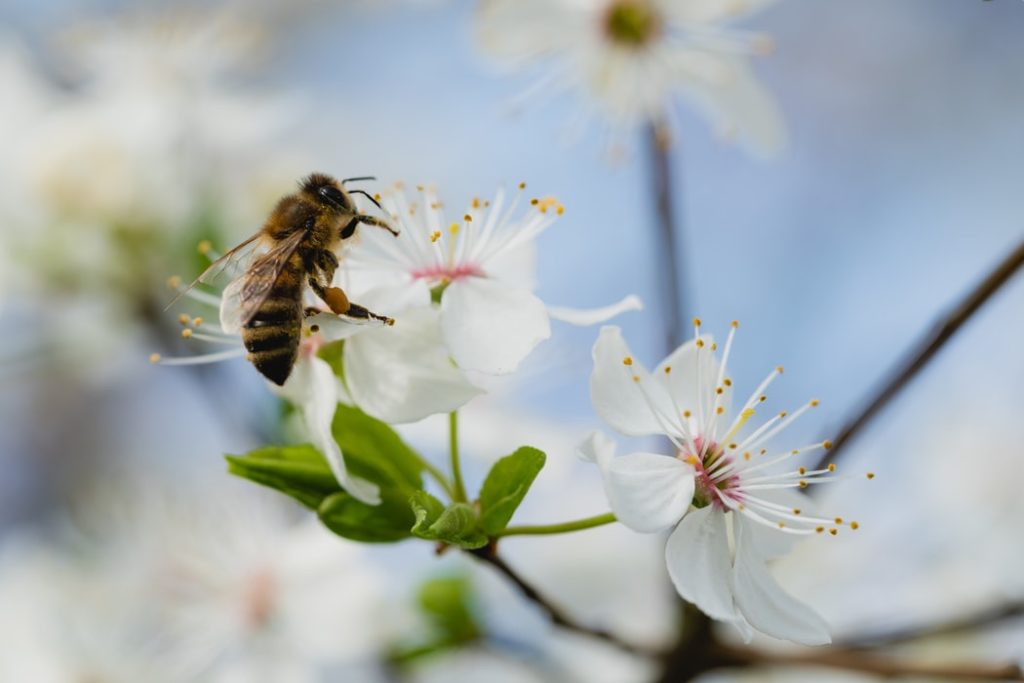The number of bees has been declining in the last few decades. With issues such as global warming on the rise and ecosystems being threatened, the environment is struggling. We have a huge undertaking, but one plant — hemp — could help save countless bees. Ways to save the bees can be found in your own backyard, commercial, and local farms around the nation. Farmers are now joining in, too, to increase revenue when other crops have been farmed or even die out. But how can we help rescue the bees you need to produce many things you use in everyday life? Here are some ways hemp and other things can help save the bees.
What is Hemp?
Hemp has been cultivated and used for centuries in the production of textiles, food, paper, and housing. It has been said to help many people in the form of oils, lotions, and salves for skin ailments and other health issues. When using such products with Receptra targeted topical salves, tinctures, or body butter, hemp may help reduce dry skin and help you to sleep better. Unlike its cousin, the other cannabis plant, hemp is not used in the same medical or recreational ways.
The hemp plant can withstand weather, disease, and pesky bugs that harm other crops. For example, in Florida, hemp farming may help repair the deficit caused by dying orange groves. Farmers can have a useful plant and can feel secure knowing their crops and their wallets won’t be suffering. Known as “ghost groves,” farmers are now planting hemp where the fruit trees once flourished. A number of bee species died in the past decade because of the use of hard synthetic pesticides, pollution, and deforestation.
The importance of farming
Hemp doesn’t only help the bees. It helps farmers in need of another crop to make profits, butterflies, birds, and other creatures reliant on this food source to live. Buying local and organic fruits and vegetables can increase the number of bees that die every day. Farming provides jobs and food. Without it, all that produce you see at the supermarkets would quickly disappear. Studies are beginning to pop up to see how hemp is helping the bees in certain areas. If the evidence keeps showing positive progress, hemp could be the next big crop in the US.
How you can help save the bees
One simple way to help the bees in your backyard is to create a safe haven for them. Bee baths are also a great addition to your garden. You can pour water into a shallow bowl with a stone sticking out to give your buzzy friends a place to rest and water to sip. Planting flowering trees and other plants around your garden is a good start. Laws in states are allowing hemp and other cannabis plants to be grown, which can help to replenish these dying insects. Pollination helps procreate more plants. When bees fly to a flower, their fuzzy bodies collect pollen, which helps pollinate more plants. Plants create oxygen, food, wood for shelter, and other everyday products. Because hemp is so hardy, it can grow during times other crops can’t. This extension of a bee food source can nourish the thousands of species of bees. When other plants lack the nutrients they need, bees can find it in flowering hemp plants. Unfortunately, you won’t get hemp honey from these plants; hemp doesn’t produce nectar, only plenty of pollen. Bees also rely on pollen to feed their young, making it crucial for their survival.







